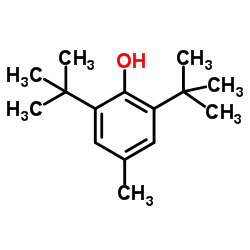| 结构式 | 名称/CAS号 | 全部文献 |
|---|---|---|
 |
抗氧剂BHT
CAS:128-37-0 |
|
 |
3-甲基胆蒽标准溶液
CAS:56-49-5 |
| 结构式 | 名称/CAS号 | 全部文献 |
|---|---|---|
 |
抗氧剂BHT
CAS:128-37-0 |
|
 |
3-甲基胆蒽标准溶液
CAS:56-49-5 |